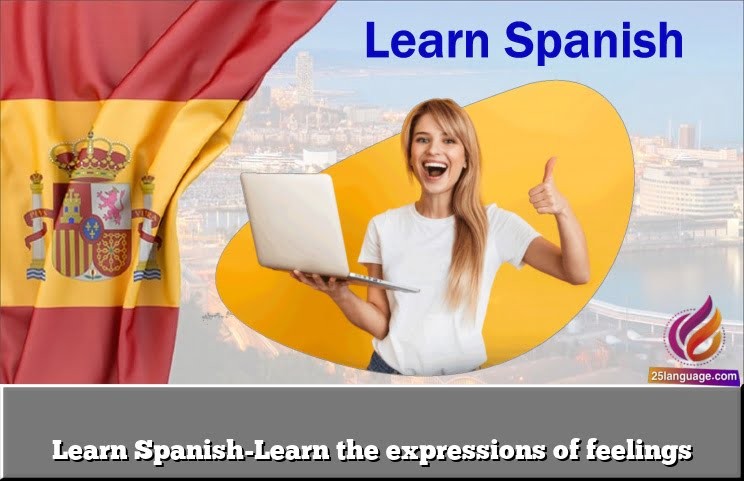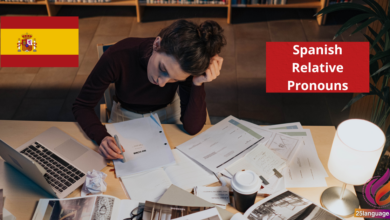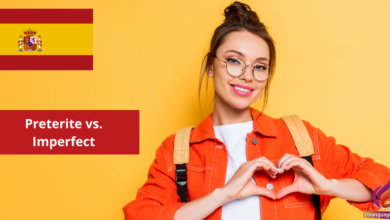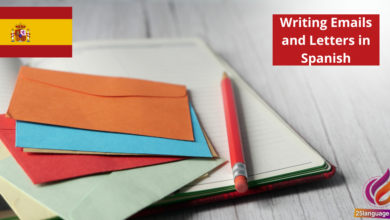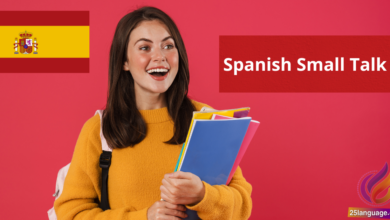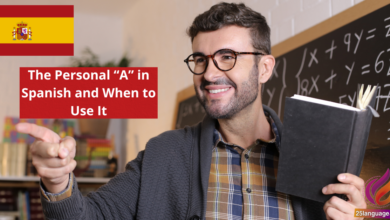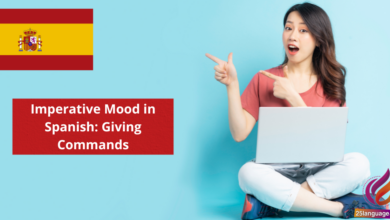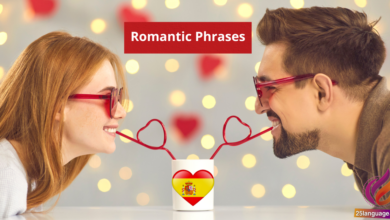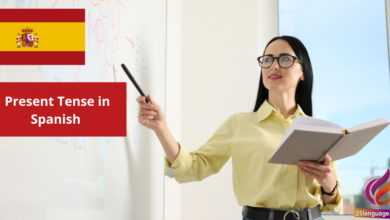How to Use “Ir a” for Future Intentions
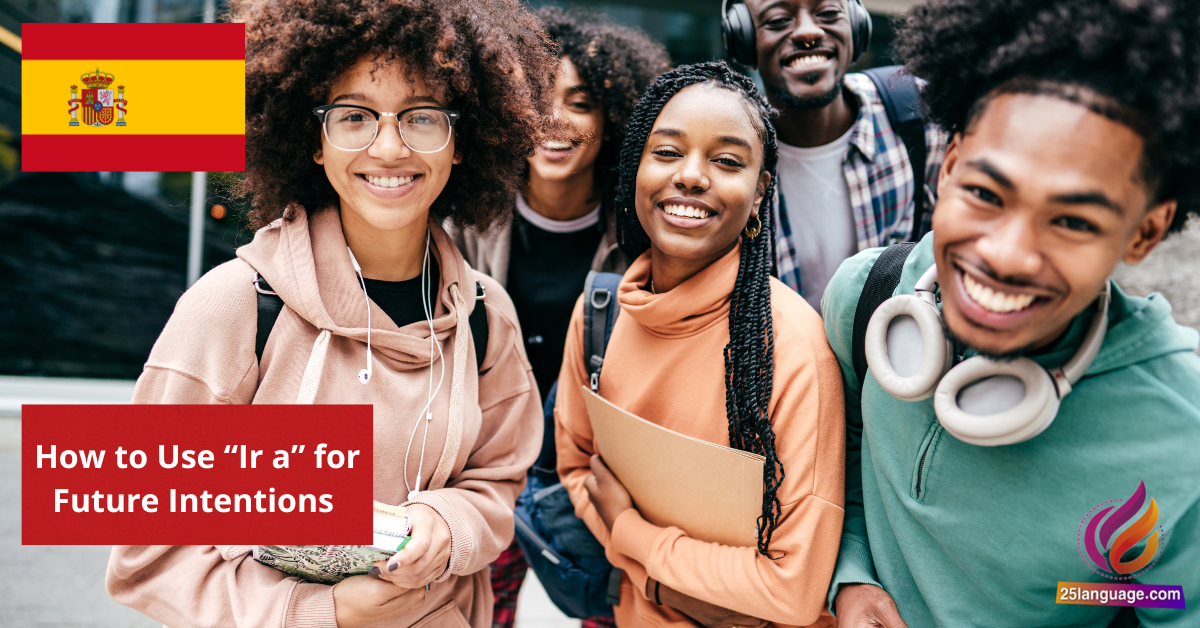
Imagine making plans for your weekend in Spanish with confidence! In this lesson, we’ll explore the powerful phrase “ir a,” which means “to go to.” This simple construction allows you to express future intentions and ambitions effortlessly. Whether your planning a trip, discussing your career goals, or sharing your weekend plans, mastering “ir a” will enhance your ability to communicate in Spanish. Let’s dive in and unlock the future together!
Exploring Future Intentions with Ir a
The construction “ir a” is a fundamental way to express future intentions in Spanish. It translates to “going to” in English and is used to indicate plans or intentions that are about to happen or are already decided. The structure is quite simple: it consists of the verb ir (to go) combined with the preposition a (to) followed by an infinitive verb.Such as, “Voy a estudiar” means “I am going to study.” Here are some key points to remember when using “ir a”:
- Conjugate ir according to the subject: yo (I), tú (you), él/ella (he/she), nosotros (we), vosotros (you all), ellos/ellas (they).
- Follow with the preposition a.
- End with the infinitive form of the verb that describes the action.
Here are some examples of how to use “ir a” in sentences:
| Spanish Example | English Translation |
|---|---|
| Nosotros vamos a comer en un restaurante. | We are going to eat at a restaurant. |
| Ellos van a jugar al fútbol mañana. | They are going to play soccer tomorrow. |
| ¿Tú vas a viajar a España este verano? | Are you going to travel to Spain this summer? |
Mastering Future Plans in Spanish with Ir a
To express future plans in Spanish, we commonly use the construction “ir a” followed by an infinitive verb. This structure translates to “going to” in English and is instrumental for conveying intentions and arrangements. Here are the key elements to understand:
- Subject Pronoun: Identify who will perform the action (yo, tú, él, ella, nosotros, vosotros, ellos).
- Correct Form of Ir: Conjugate the verb “ir” in the present tense (voy, vas, va, vamos, vais, van).
- Infinitive Verb: The main action follows “a” and should be in its infinitive form.
Such as, if you want to say “I am going to eat,” you would express it as Voy a comer. Similarly, “They are going to study” translates to Ellos van a estudiar. This structure is simple and effective for everyday conversations. Here’s a quick reference table:
| Spanish Example | English Translation |
|---|---|
| yo voy a viajar. | I am going to travel. |
| Tú vas a comprar. | You are going to buy. |
| Nosotros vamos a jugar. | We are going to play. |
Unlocking the Power of Ir a for Your Future goals
In Spanish, the phrase “ir a” is commonly used to express the intention to do something in the future, similar to “going to” in English. This construction is essential for discussing upcoming plans, predictions, or goals. To form this structure, you simply combine the verb “ir” (to go) with “a” (to) and then follow it with an infinitive verb. For example:
- Voy a estudiar español. (I am going to study Spanish.)
- Vamos a preparar la cena. (We are going to prepare dinner.)
- ¿Vas a viajar a España? (Are you going to travel to Spain?)
additionally, remember that “ir” must be conjugated based on the subject of the sentence. here are the present tense conjugations for “ir”: voy (I go),vas (you go),va (he/she/it goes),vamos (we go),and van (they go). To help visualize this grammar rule, consider the table below:
| Spanish Example | Conjugation of Ir | English Translation |
|---|---|---|
| Voy a leer un libro. | Yo | I am going to read a book. |
| Vas a correr en el parque. | Tú | You are going to run in the park. |
| Ella va a aprender a cocinar. | Ella | She is going to learn to cook. |
| Vamos a jugar al fútbol. | nosotros | We are going to play soccer. |
| Ellos van a estudiar para el examen. | Ellos | They are going to study for the exam. |
Practical Uses of Ir a for Expressing Future Intentions
In Spanish, to express future intentions, the construction “ir a” is commonly used. This phrase literally translates to “to go to,” but in this context, it indicates an intention to do something in the near future. The structure consists of the verb “ir” conjugated to match the subject, followed by “a,” and then the infinitive of the main verb.For example:
- Yo voy a estudiar español. (I am going to study Spanish.)
- Tú vas a comer en un restaurante. (You are going to eat at a restaurant.)
- Ellos van a viajar a México. (They are going to travel to Mexico.)
Using “ir a” is quite straightforward, making it a practical choice for Spanish learners.The verb “ir” is irregular and changes according to the subject pronoun. Here are the conjugations for “ir” in the present tense:
| Subject Pronoun | Conjugation of “ir” | Example Sentence | English Translation |
|---|---|---|---|
| Yo | voy | Yo voy a leer un libro. | I am going to read a book. |
| Tú | vas | Tú vas a hacer ejercicio. | You are going to exercise. |
| Él/Ella/Usted | va | Ella va a trabajar mañana. | She is going to work tomorrow. |
| Nosotros/Nosotras | vamos | Nosotros vamos a ver una película. | We are going to watch a movie. |
| Vosotros/Vosotras | vais | Vosotros vais a aprender sobre la historia. | You all are going to learn about history. |
| Ellos/Ellas/Ustedes | van | Ellos van a jugar al fútbol después. | They are going to play soccer later. |
The Way Forward
¡Excelente trabajo, estudiantes! Hoy hemos explorado el uso de “ir a” para expresar intenciones futuras en español, una herramienta esencial en la comunicación cotidiana. Recuerden que “ir a” se utiliza junto con un verbo en infinitivo para expresar acciones que planeamos realizar. Por ejemplo, “Voy a estudiar” o “Vamos a comer”.
Hemos practicado diferentes formas y contextos, lo que les permitirá hacer planes y compartir sus intenciones con confianza. No olviden que la práctica es clave: cuanto más usen “ir a” en sus conversaciones diarias, más natural les resultará.
Ahora que conocen esta estructura, les invito a que la integren en su vocabulario.Piensen en sus actividades futuras y formen oraciones utilizando “ir a”.Esto no solo les ayudará a reforzar lo que han aprendido, sino que también les acercará cada vez más a la fluidez en el español.
Sigan practicando, no se desanimen ante los retos, y disfruten de cada paso en su viaje de aprendizaje. ¡Estamos emocionados por ver cómo utilizan “ir a” en sus próximos encuentros y conversaciones! ¡Hasta la próxima!




